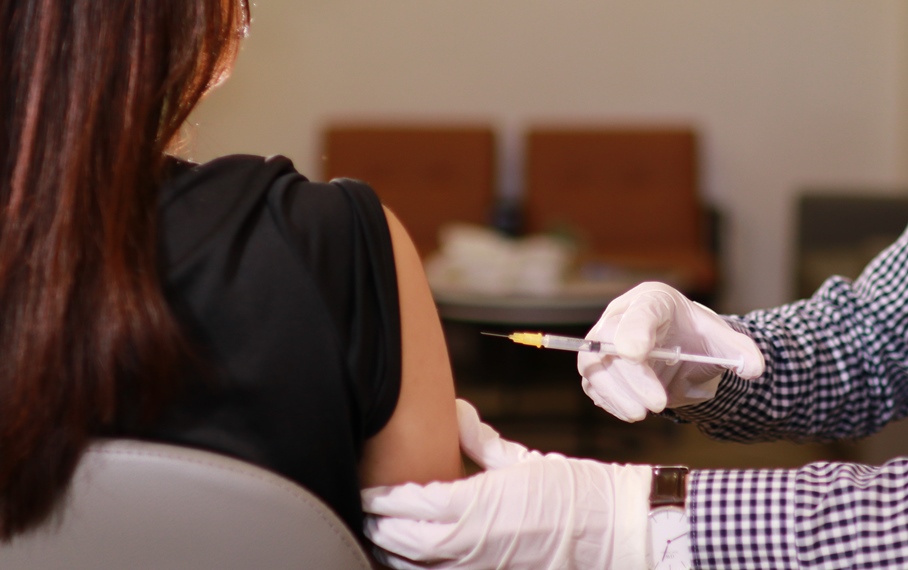Cervical cancer is the fourth leading cause of female cancer among female in the world and is the second most common cancer in women aged 15 to 44 years. In Malaysia, cervical cancer is in the top five most common female cancers; and second most common in women aged 15 to 44 years. A large majority (around 85%) of the global burden occurs in the less developed regions, where it accounts for almost 12% of all female cancers. Yet in many developed countries, cervical cancer is no longer in the top 10 most common cancers in women.
The question we should ask is why there is a disparity?
Cervical cancer is cancer that affects the neck of the womb (cervix). It usually presents with abnormal bleeding or discharge. In the later stages of cancer, it can present with pain, kidney failure or general failing of the body. However, very early-stage cervical cancer is usually microscopic and has no symptoms. This is detected on cervical screening and can be cured if treated early.
Treatment of cervical cancer is dependent on the stage of cancer at diagnosis. Once cervical cancer is suspected on examination, a biopsy (a small sample of tissue) is taken from the cervix to confirm the diagnosis. This is followed by MRI and CT or CT-PET scan to determine if cancer has spread. Examination under anaesthetic is performed to examine the bladder and assess if cervical cancer can be excised surgically. Early-stage cervical cancer can be treated with surgery to either remove part of / entire cervix and the lymph nodes or to remove the uterus and lymph nodes. When surgery to completely remove the cancer is not possible, the patient is offered treatment of concurrent chemotherapy and radiotherapy.
Cervical cancer is a disease that affects young women. Treatment for cervical cancer can affect fertility. In today’s generation where women postpone childbearing in favour of establishing a career, delayed detection and treatment of cervical cancer often mean loss of fertility, which is heartbreaking. Screening and prevention of cervical cancer should be our priority to reduce the incidence of cervical cancer.
Since the 1940s, we have recognised that there is a pre-cancerous disease of the cervix, referred to as cervical intraepithelial neoplasia (CIN). Women with CIN have no symptoms. Detection and treatment of CIN will prevent the transformation to cancer. The Papanicolaou smear test, commonly known as the PAP smear, is a screening test where cells are collected from the cervix. The cells are examined, to look for changes typical of CIN.
Cervical screening is recommended for women who have ever been sexually active. Cervical screening is recommended regularly, at least once every three years. CIN changes can be treated without compromising the woman’s fertility. Treatment for CIN involves using either a loop of wire (LLETZ) or laser to remove the affected area on the cervix. LLETZ can be done under local anaesthetic.
In developed countries, organised cervical screening using the PAP smear has led to a steady decline in the incidence of cervical cancer. Organised screening is very expensive to sustain, so most countries in Asia have opportunistic screening, where women who attend for health checks are offered to screen. This is a less effective screening programme. Cervical screening detects the pre-cancerous disease to allow treatment. To further reduce the incidence of cancer, we have to eradicate the cause of cancer.
In 1999, the research concluded that infection with high-risk human papillomavirus (HPV) is necessary for the development of cervical cancer. HPV infection is acquired through intimate genital contact. Although the infection is highly prevalent, it is transient as most people are able to clear the infection, so the number of women with cervical cancer is comparatively low. HPV research has extended to the development of HPV vaccination and screening test. HPV vaccines are available to prevent infection against 2 to 7 high-risk HPV subtypes that are responsible for 70 – 90% of cervical cancers worldwide. The HPV vaccine is safe and global population studies have started to demonstrate a decline in the incidence of the precancerous disease CIN in the vaccinated population.

HPV vaccination does not preclude the need for cervical screening. Cervical screening tests which detect high-risk HPV subtypes have been validated as a more sensitive and standardised screening tool. In many countries, HPV testing is beginning to replace the PAP smear in the cervical screening programme.
The Malaysian government has implemented the National HPV Immunisation Programme in schools since 2010, with catch up programmes in the LPPKN clinics. We hope to see a decline in cervical cancer in the next few decades. However, awareness and attendance for cervical screening are poor. We should be looking to move towards using the HPV test as our cervical screening tool as it has a high negative predictive factor, allowing screening to be extended to every 3 to 5 years. There are also feasibility studies to assess the self-collection kits for the HPV test to promote compliance with screening.
With the advances in our understanding of the natural history and the development of vaccination to prevent cervical cancer, it is a crime for a woman to die from cervical cancer. We should encourage women to attend for cervical screening and vaccination against cervical cancer in order to eradicate this deadly disease.












